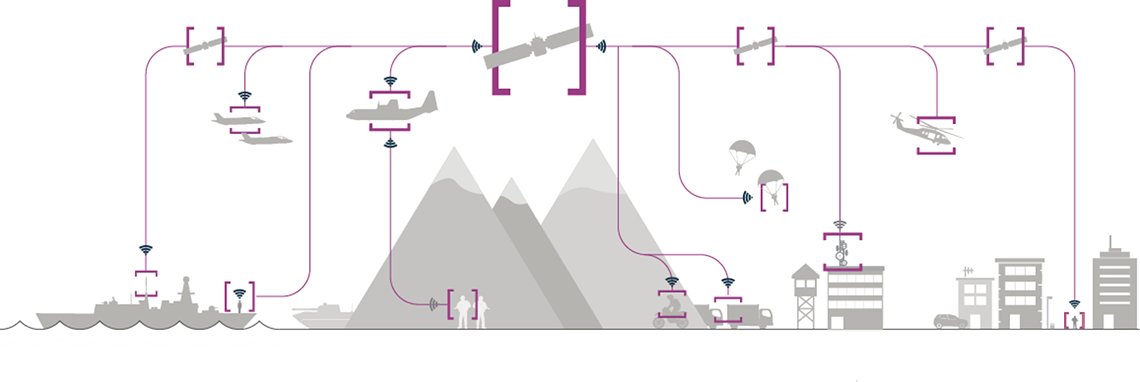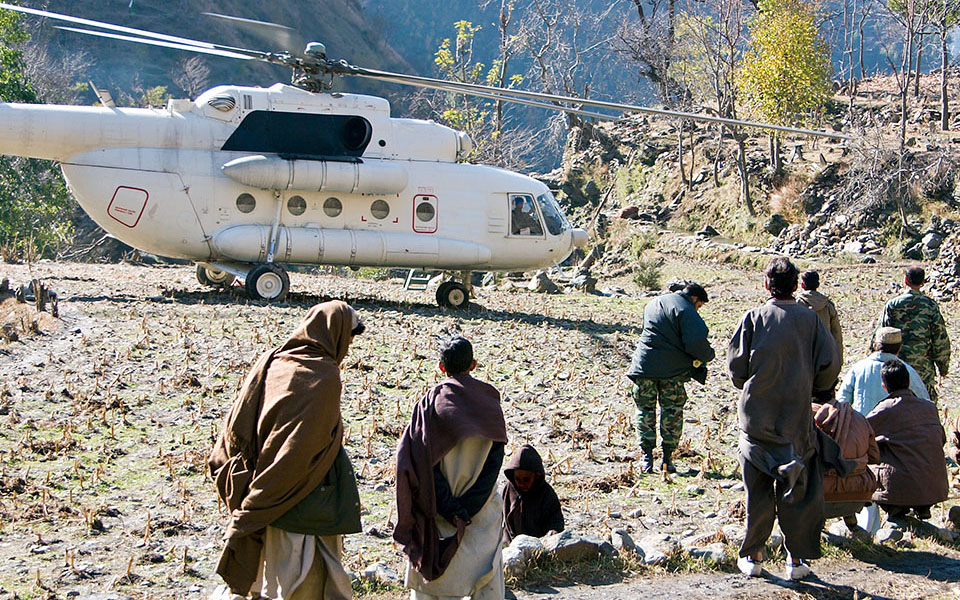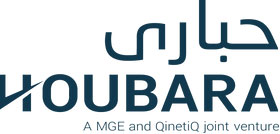Low SWaP. Low size weight and power (450g).
Agile and Scalable. Bracer provides communication without range constraints for an unlimited amount of handsets in a Talkgroup. It can be set up in seconds, both in vehicles, maritime platforms, headquarters and on the person.
Low Position Location Reporting. The very low latency position location reporting system (500ms), provides accurate and near-real time tracking for every handset so that commanders have immediate understanding of personnel and platform locations. The system pushes and can pull information as required. This aids with quick deployment of resources that are best situated to react to an incident.
Emergency Alert. Asset Tracking is also supported with an emergency alert function that is received in seconds by all handsets in the Talkgroup – Reducing reaction times.
Easy to Use. As an intuitive system the training for users is minimal.
Perfect for PACE. It can be used as a Primary or Alternate system, or be used in the contingency or emergency role depending on the scenario. The user makes the choice. This assures communications to ensure seamless connectivity.
Bracer BLOS Satellite Bridge for Line of Sight radios. The Bracer Bridging feature offers an option to range extend and link geographically separated line of sight systems.
Interoperability. Many Border Force organisations utilise a combination of VHF/UHF Private Mobile Radio (PMR). They also use High Frequency radios to overcome range constraints. Utilising HF can reduce mobility due to the size of antenna systems, especially at night. Bracer can complement existing radio networks (PMR and HF) using the Bracer BLOS functionality.
Rapid deployment and Movement at Speed. Bracer will tolerate movement up to Mach 2.0 and therefore is a system that could be implemented into the air domain. It can be fitted to a vehicle within seconds giving a user the flexibility to move with operational need with whatever platform is available.
Low Cost Airtime. Satellite airtime is notoriously expensive. Bracer is powered by the Iridium PTT service which is a very low cost in comparison to other satellite systems. It is affordable to those that may have previously discounted satellite services on financial grounds.
Asset Tracking/Position Location Reporting
Bracer has in built end to end encrypted (FIPS 140-2 Level 3) position location reporting that is received by all handsets within a Talkgroup. This powerful capability tracks handsets at approximately 500ms from the point of transmission to point of receipt. Each handset can push its position reports with every voice call, a waypoint option or if the device moves more than 500m/1000m/2000m from its last report location (depending on user selected setting). It also has a pull function where a handset can request Position Reports immediately from other handsets within the Talkgroup or be set up to pull at periodic intervals. Unlike many other tracking systems there is no back end infrastructure requirement and the information is received directly from the Bracer Handset. This reduces latency with receiving reports and negates the requirement for a secondary bearer system to link into a separate network.
Position Reporting on PTT service. Position reporting is delivered through the PTT service as a background activity to the end to end encrypted Voice. Tracking does not use the Short Burst Data service therefore this reduces the requirement for multiple service billing and reduces airtime costs.
Position Location Picture. Once the Bracer position reports are received they can be ingested onto a laptop/PC/tablet and overlaid onto a GIS mapping system. This provides accurately placed icons allowing for an instant pictorial view of the users disposition. This is a versatile and highly mobile approach to receiving the tracking picture. Currently the system outputs in .kml and Cursor on Target (CoT).
Emergency Alert. As part of the position reporting is an emergency alert functionality which gives instant notification to all users within a talkgroup. Each user receives an audible tone, a distance and direction to the activated handset allowing for an immediate situational awareness and allows for quick responsive action.
























